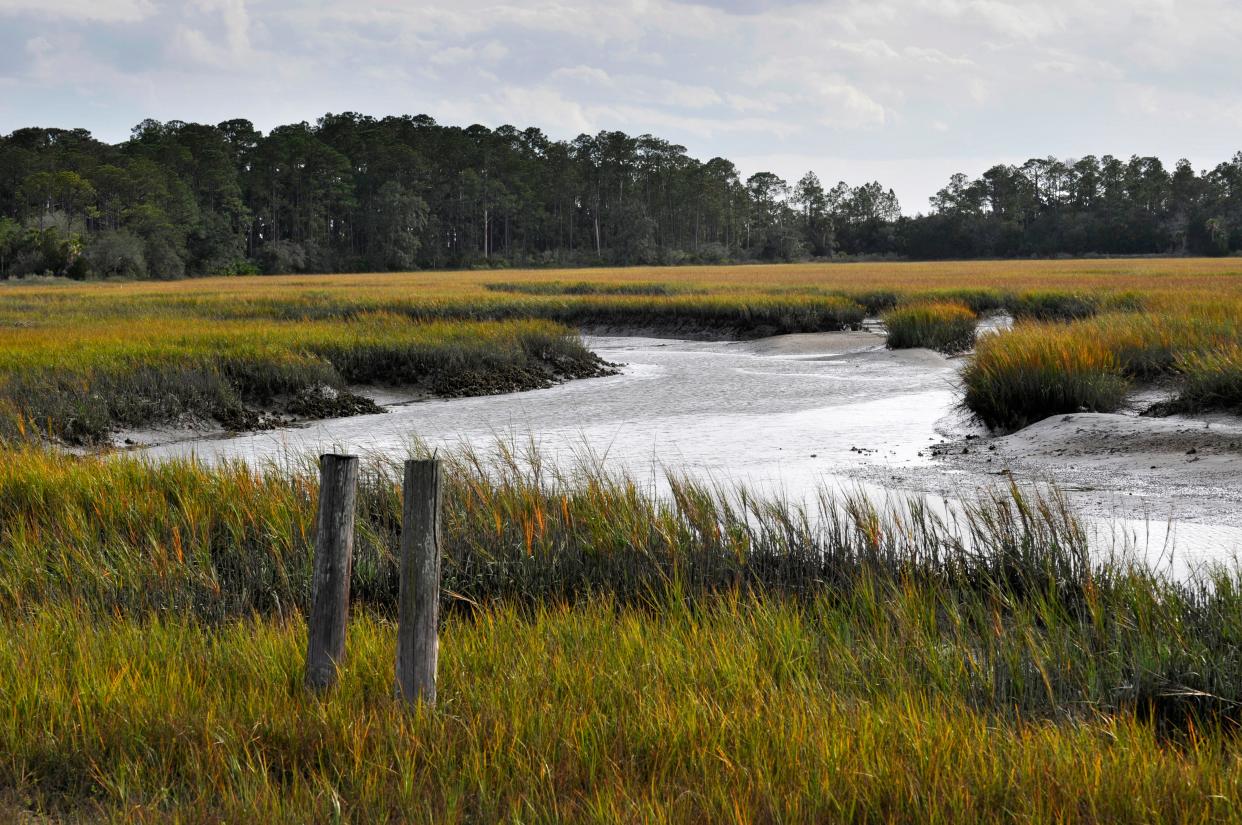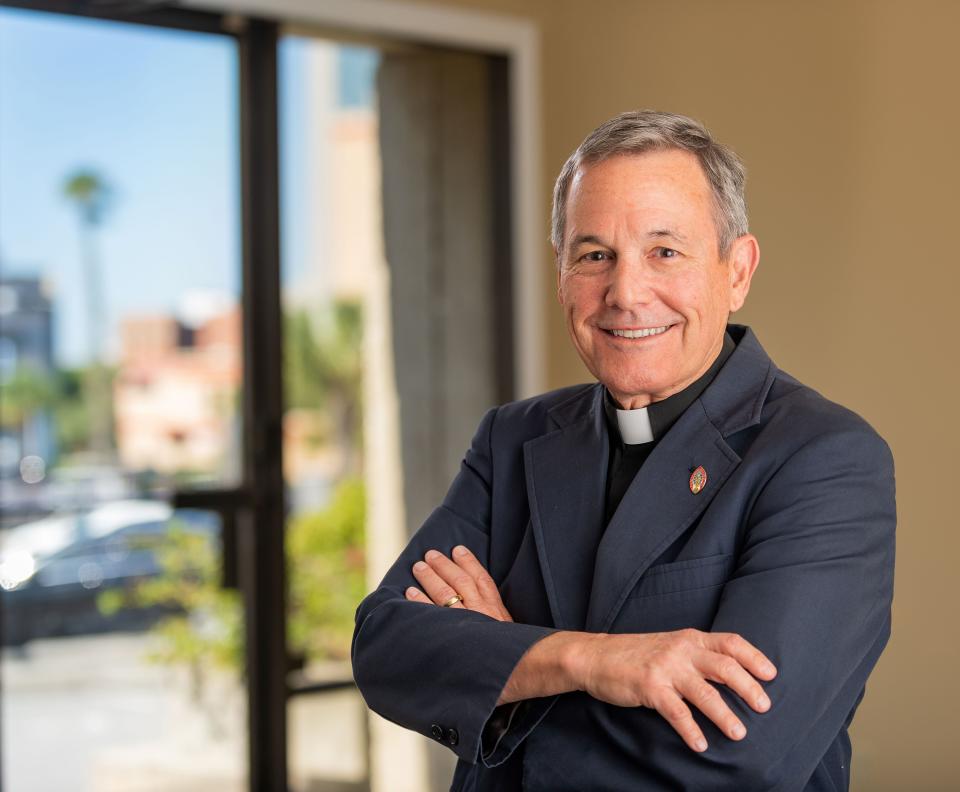Land Trust CEO: Northeast Florida at crossroads of history for land conservation

When it comes to land conservation, the people of Florida and their leaders have stepped up to the plate. Now it is time for the landowners to do their part.
If done correctly, landowners can make money and our grandchildren will get to see how the “real” Florida looks. If it's done wrong, we watch our end of Florida become like Orlando, cheapening property and lifestyle values.
We can truly have it all if we choose.
Throughout the years, both Republican and Democratic governors have been behind initiatives to preserve Florida’s natural lands. Those programs include Save Our Everglades in the 1980s, Preservation 2000 in 1990, Florida Forever in 1999 and the 2014 citizen initiative led by former Gov. (and later, senator) Bob Graham.
Graham, a Democrat and the undersigned, a Republican, created a dedicated pipeline of funding for environmental acquisition, restoration and maintenance in the billions. In Florida, our love of the environment is bipartisan, as befits its wonder and clear economic impact.
Florida’s voters have done their part. No statewide initiative on the environment in our state has received less than 70% of the vote.
Local efforts mirrored statewide initiatives. Referenda were passed in 27 counties, starting in Volusia. Conservation initiatives were also passed in 55 municipalities. Locally, Duval made a big land acquisition effort under Mayor John Delaney, including gems such as Little and Big Talbot islands.
More recently Nassau County passed its Conservation Land Acquisition and Management bonding for $30 million, with 58% of the vote, while Clay County is preparing to take a similar plan to its voters in 2024. At the grassroots level, Floridians care.
This year, even after some vetoes, the total commitment of state funding was over $900 million. Florida House of Representatives Speaker Paul Renner courageously added a similar amount targeting wildlife corridors, including an eye-popping $400 million for our own O2O, Ocala-to-Osceola corridor.
Federal partners have also come into play. These efforts expand buffer lands around military bases such as Camp Blanding, vital to national security and to our economy. Initiatives aimed at salt marshes and resiliency are aborning.
The toolkit has been expanded. In addition to fee simple acquisition of lands, efforts increasingly involve conservation easements. These allow the landowner to retain ownership and continue traditional uses — such as timber or farming ― while pocketing the value of development rights.
Innovative developers, such as at Babcock Ranch (just north of Sarasota), have discovered that blending conservation into their development plans for open space and recreation can actually increase the value of the lands developed. Many people in Florida living on golf courses are there for the open space, not the golf, and it is a cheaper alternative for the developer.
Letters: T-U columnist is narrow-minded on conservatives, others who don't share his views
Environmental mitigation, though controversial to some, has allowed monetization of efforts to restore and enhance the environment.
North Florida Land Trust has, for 24 years, led these efforts, helping establish and/or working with other regional and national partners in our region. Without willing sellers, these massive efforts to create willing buyers will come to nothing.
There are tools that allow you to “cash out” your development rights, while staying in traditional uses and enjoying those income streams into the future. You are also often better stewards than the state would ever be, and that can be recognized. There are win-win alternatives.
Mark Woods: An idea for an addition to America's Best Idea — Florida Springs National Park
Finally, this old Florida Cracker whose family has been here now for nine generations speaks to the heart of you who own the land. You own it because you love it and often have for generations. You, like me, have seen it slipping away. Like me, you want our grandchildren to know the “real” Florida, while also making provisions for them economically.
There are ways and means now to do this, and they will not be available forever. Some of us are old enough to know that big budgets can turn quickly into “sweep the trust funds” when a recession inevitably arrives. North Florida Land Trust, your local land trust, stands ready to help. The money is here. It is truly now or never.
You know it in your heart.

The Rev. Cn. Allison DeFoor is the president of the North Florida Land Trust and he served as Everglades “czar” for the state under Gov. Jeb Bush. His family has been in Florida since it belonged to Spain.
This guest column is the opinion of the author and does not necessarily represent the views of the Times-Union. We welcome a diversity of opinions.
This article originally appeared on Florida Times-Union: Developers can increase land value by utilizing conservation in plans

